Haworthia Cooper (Trunkata)
This amazing succulent is reminiscent of science fiction films: the tips of its leaves are transparent, so the plant resembles a bunch of bubbles.
- Haworthia is undemanding to care for.
- Loves the light that she absorbs through transparent "windows", but is afraid of direct sunlight.
- Succulent plant can be put on windowsill, nightstand, hang on the wall holder.
- In hot weather, water the Hawortia once a week, and in winter, once a month.
Guernia Striped
A compact plant with a height of about 10 cm with a fancy flower, pleasing to the eye for up to 3 months during the summer-autumn period.
- Suitable for growing by beginners.
- Requires a place with good lighting, likes direct rays in the morning and evening, and moderate watering.
It is important to arrange short dry days for Guernia: for this, you should periodically dry the land by about half. During flowering, the pot must not be carried or turned over.
- In winter, watering should be very limited.
- The plant reproduces by stem cuttings.
Bovieya
Also called "sea cucumber". Native to the southern regions of Africa, it grows in the savannas and along the river banks. Prized for its quirky curly stems that need a little support.
- Loves moderate lighting.
- For cultivation, a large pot is required in which the bulb can easily fit.
- Before planting, it is necessary to form a drainage "cushion" of expanded clay.
- Watering is necessary as the top soil layer dries up; spraying is not required.
Vriezia
All varieties of this plant are distinguished by bright racemose inflorescences of various shades. Some have picturesque striped leaves, which makes Vriezia even more attractive.
- Grows well at room temperature both in summer and winter.
- Does not like cold weather and drying out of the soil, as well as direct sunlight.
- As soon as the pot becomes cramped, the vriese must be transplanted.
- After flowering, mother rosettes should be removed to allow new inflorescences to form.
Dyschidia Raffleza
A plant of the kornelazat family, which has a strange appearance and resembles a vine. Its peculiarity is in the leaves of an unusual shape: at the first level they are fleshy, and at the second level they are large and sack-like. In natural conditions, the leaves accumulate rainwater. Dischidia can be up to 5 meters long.
Needs an abundance of ambient light, temperatures from 18 to 30 degrees and high humidity. That is why flower growers prefer to grow dyschidia in the florarium.
Calathea Decorated
Another moisture and light-loving plant with large original leaves. Prized for its unusual color scheme with a pattern of contrasting white veins. In height and in diameter it can reach 70 cm.
- It is not considered difficult to care for, but for successful cultivation it should be protected from the sun, otherwise the leaves will get burned.
- With a lack of lighting, it slows down growth, so additional lighting is required in winter.
Calathea loves high humidity: it must be sprayed, while the drops should not fall on the leaves. Watering is moderate.
Crassula Wine Cup (Umbella)
This succulent is a relative of the common bastard. Due to its unusual shape, Crassula is called the Wine Cup or Cup.
- It is unpretentious, easily tolerates both bright light and shade, for a long time it can grow in dry soil, therefore it is great for growing by novice gardeners.
- Loves fresh air - can be taken outside balcony.
The juice of the Wine Goblet is used for medicinal purposes, but it cannot be taken inside due to the high concentration of arsenic!
Crassula Buddha Temple
The original stem of this plant resembles the scales of reptiles.
- In order not to ruin such a picturesque succulent, it is required to prepare for it a special soil without peat by mixing turf, sand, charcoal and vermiculite.
- Watering should be done after the substrate dries.
- Crassula Buddha Temple grows poorly in direct sunlight, but loves abundant diffused light.
- Needs a transplant every 2-3 years and immediately after purchase in the store.
Mimosa bashful
This plant can occasionally surprise guests by lightly touching it: from any external stimuli, mimosa folds its leaves. In South Africa, it is an evergreen shrub.
You can not keep in a house where animals live: mimosa leaves cause poisoning!
- In the spring-autumn period it grows well at a temperature of 20-24 degrees, and in winter - at 16-18.
- Even direct sunlight can be tolerated.
- In the hot season, it requires abundant and regular watering in the summer, and in the cold season, slightly damp soil is enough.
- It blooms with graceful spherical flowers of a delicate lilac color.
- It sheds leaves due to tobacco smoke.
Trachyandra (or Trachandra)
A curious spiral plant native to Africa.
- Despite its thermophilicity, you should not place the pot on the south window.
- Needs intense and safe lighting and is not afraid of dry air.
- It rots quickly if the substrate is waterlogged, therefore, in the hot period, watering must be done through the sump, and in winter, watering must be reduced to once a month.
- Easily propagated by cuttings.
If you want to decorate and diversify your interior, get a couple of exotic indoor plants - they will delight with their extraordinary appearance and surprise guests.

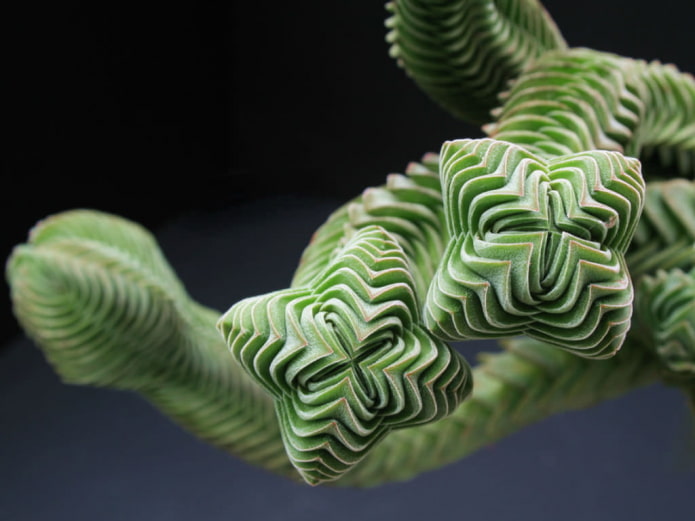
 10 practical tips for arranging a small kitchen in the country
10 practical tips for arranging a small kitchen in the country
 12 simple ideas for a small garden that will make it visually spacious
12 simple ideas for a small garden that will make it visually spacious
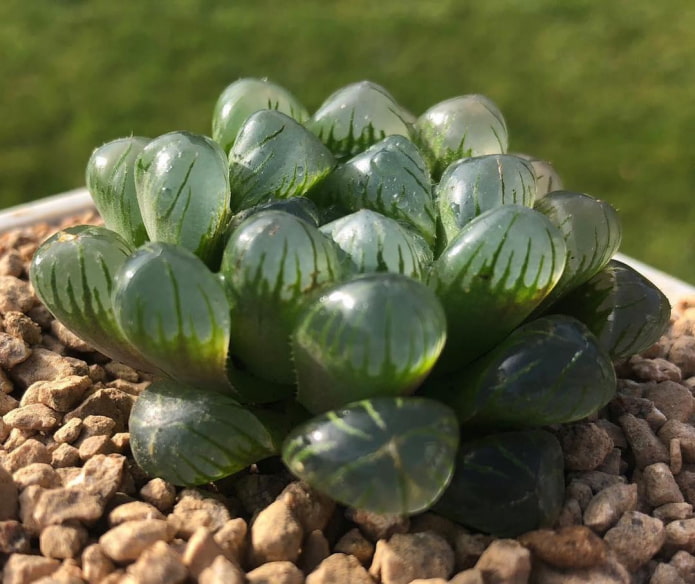
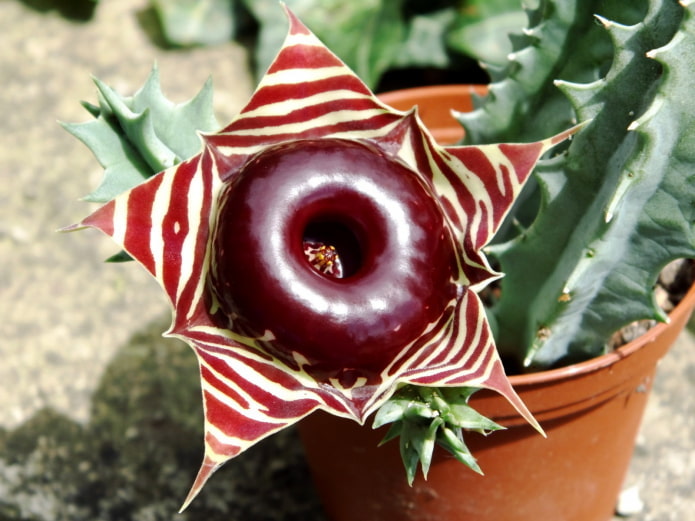

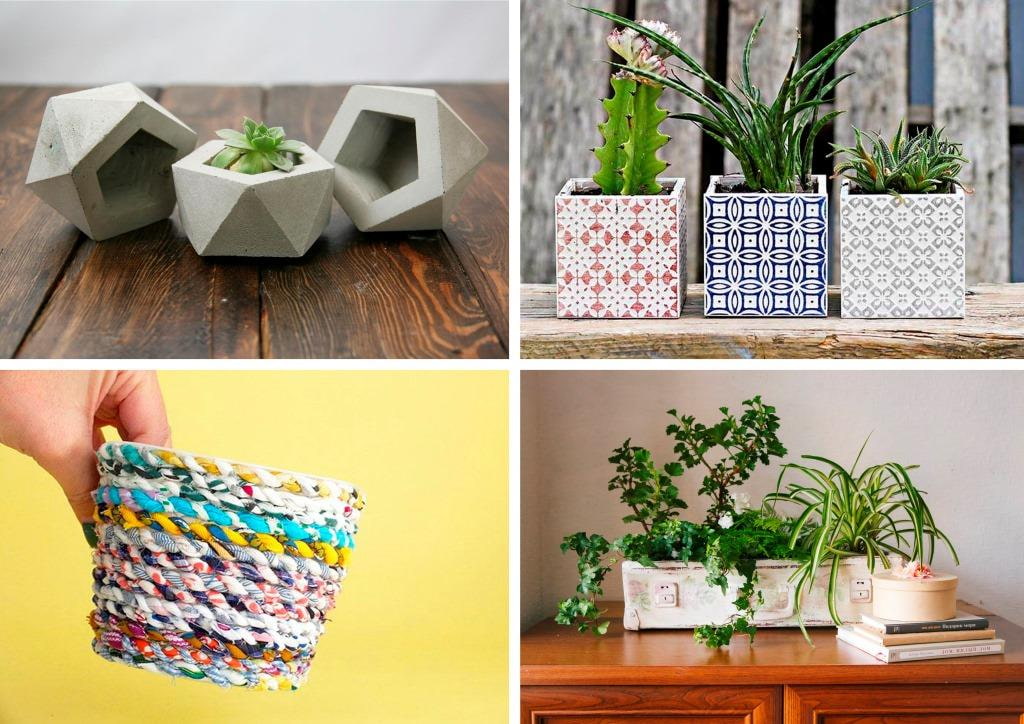

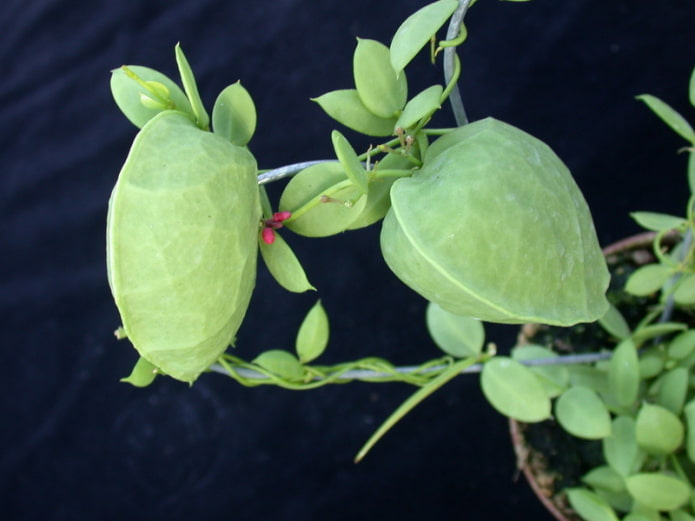

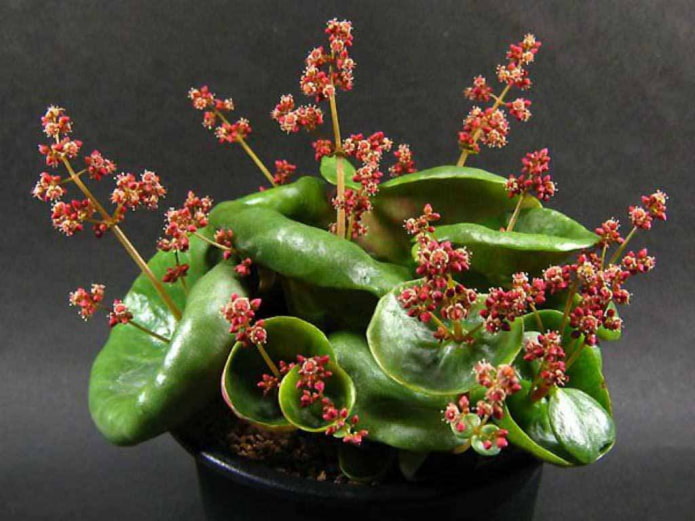
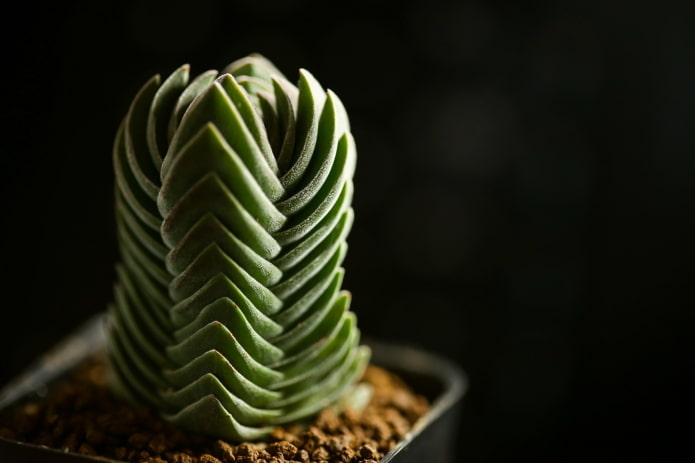
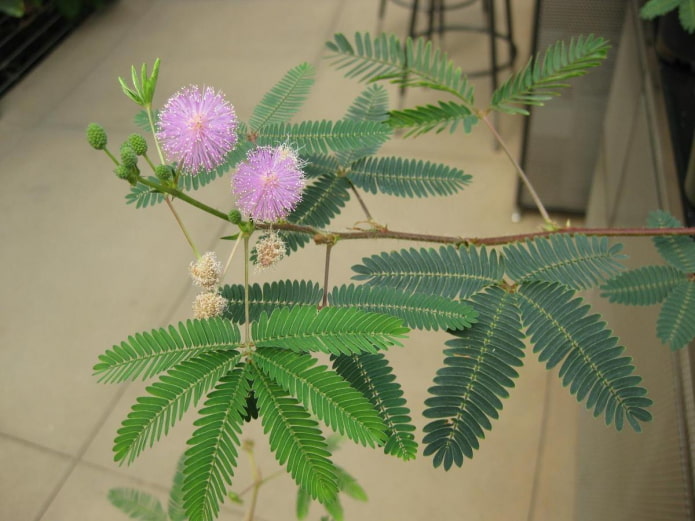
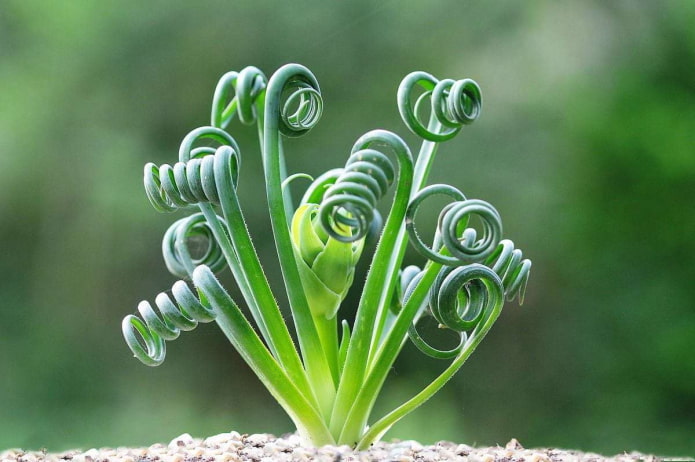

 13 bad habits a good housewife shouldn't have
13 bad habits a good housewife shouldn't have 24/7 home cleanliness - 4 secrets for the perfect housewife
24/7 home cleanliness - 4 secrets for the perfect housewife 6 hotels in Sochi that will give odds to the promoted foreign hotels
6 hotels in Sochi that will give odds to the promoted foreign hotels Top 10 interior design trends 2020
Top 10 interior design trends 2020 Rating of cheap TVs with Smart-TV
Rating of cheap TVs with Smart-TV New Year's LED garlands on AliExpress - we disassemble while it's hot, so that it's bright at home
New Year's LED garlands on AliExpress - we disassemble while it's hot, so that it's bright at home